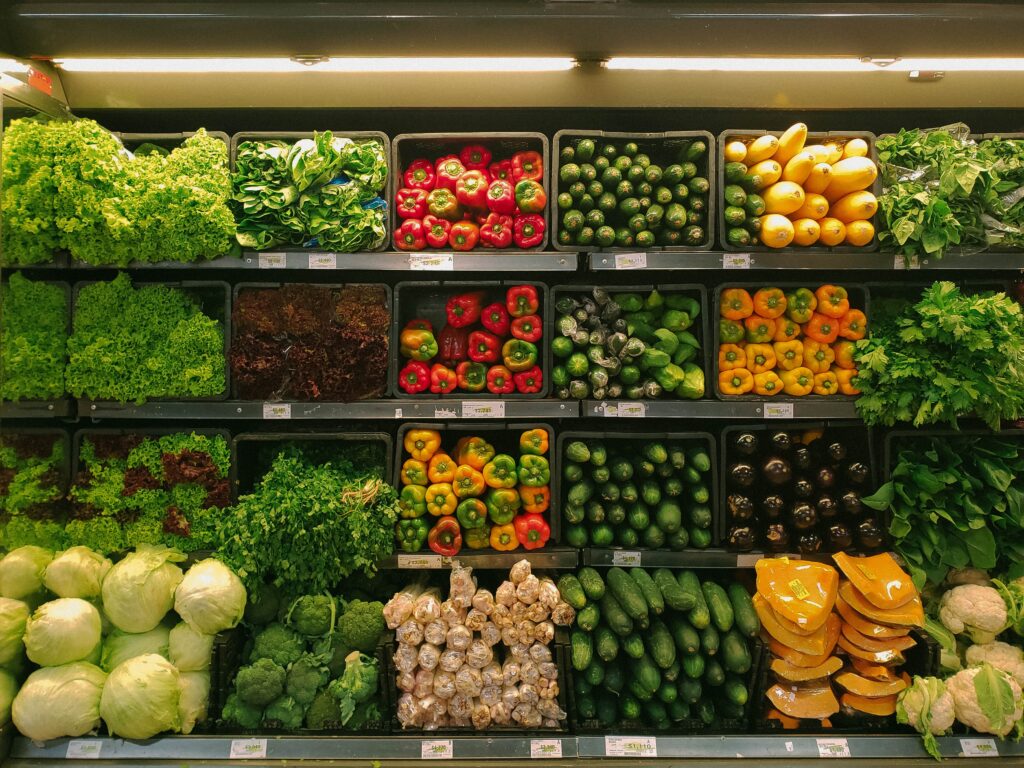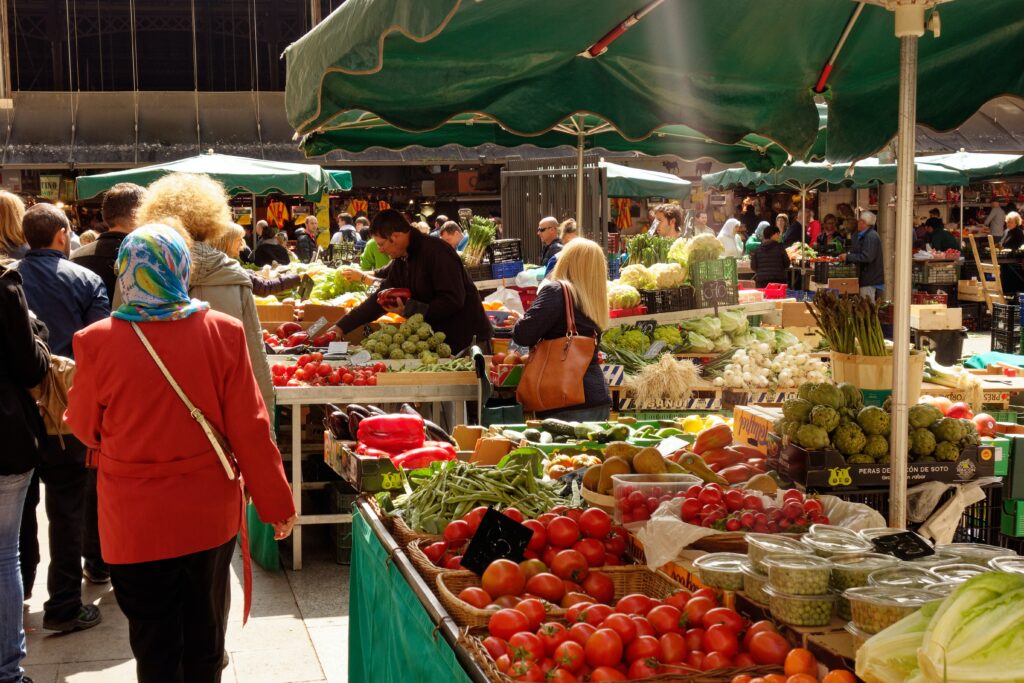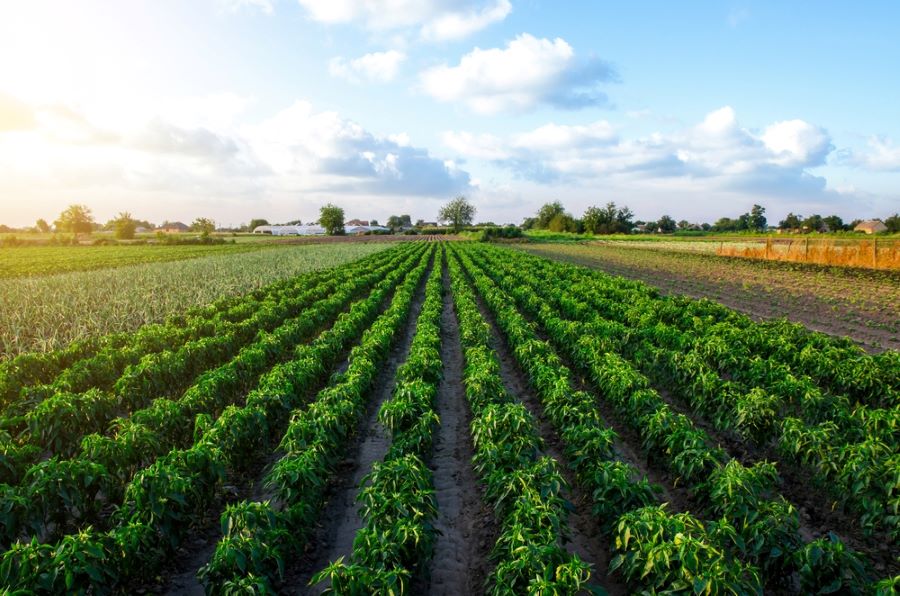
It’s Friday. You sign off from a long work week and make a quick grocery trip before returning. Nothing seems more fitting than a well-deserved Saturday brunch at home with the family. But how often do you strive to shop ethically and mull over the environmental and social impacts of grabbing some air-flown Australian avocados for your toast? The climate crisis has long been taken lightly as the world is now pressed towards radical change-making to help bend its course. The food supply system is a complex and hefty contributor to greenhouse gas emissions. This issue is where the popular narrative “eating locally” seems like the most effective way to overcome polluting shipping methods of imported goods. Thus, food miles have been a long-standing approach to reflect overall sustainability as it indicates the distance food needs to travel from farm to fork. But experts have seen that being far from the truth.
More than just miles
In 2015, the Emissions Database of Global Atmospheric Research (EDGAR) registered food supply system emissions amounting to 18 Gt CO2e yr−1 (gigatons of equivalent carbon dioxide), accounting for 34% of total greenhouse gas emissions. Food transport only accounted for a mere 4.8% of this system’s carbon footprint. Broad studies worldwide, like the pioneering research done at Carnegie Mellon University in 2008, have echoed that these emissions largely originated from other points of the food supply chain. The carbon cost of transportation seems to be next to that of production, storage, processing, retail and cooking.
Despite the numbers, everything counts when dealing with the perils of the climate crisis. Food miles can still be targeted to help bring down carbon emissions, but it is not as plain as just ‘eating local’. For example, studies such as the one done by Saunders and his team (2006) found that for a consumer in the cold UK, the carbon footprint of tomatoes being driven from sunny Spain was seen to be less than a third of those grown in local heated greenhouses. Similarly, sheep raised on New Zealand farms powered by hydroelectricity posed a far lower carbon cost than turning to a local farm in England to get lamb.

Carbon cost can vary dramatically with different agricultural systems, but it also relies heavily on the method of transport. Air freight has a carbon footprint 75 times larger than sea freight, while road food miles account for 8 times more carbon emissions than a single shipping food mile. Further adding to the complexity of this metric, researchers at the University of Bath, in 2009, were able to see the potential of efficiencies of scale to further lower emissions. Instead of consumers buying produce directly from local farms, an organic box delivery scheme was able to cut down emissions that could have resulted from individual car trips.
What is our part?

We need to recognise that the environmental impact of a food product relies rather on the embedded greenhouse gases of its entire life cycle and not just the distance it has travelled. For example, the carbon cost of food transportation is minute compared to the energy used in its production. Thus, the most comprehensive way to contribute to sustainable eating and reducing one’s carbon footprint would be to opt out of energy-intensive foods to produce like most animal products. Plant-based diets are extremely sustainable with their low production footprints, and adding variety to diets can also help reduce food security risks.
It is evident that food miles are not a reliable sustainability metric and must be considered in concert with the other larger factors in the food supply chain. However, it would not be wise to discount them entirely. Shopping locally can make a meaningful impact in boosting local economies, building cohesive communities and self-reliance. It still might not be worthwhile to cut off imports entirely either, as that would mean depriving communities worldwide of their sources of income.
As consumers, we can rather practice being more mindful of our choice of purchases and let it reflect the causes we support. Only then can we truly determine the events where shopping locally or not is the best way to go?
Note: Nishat Anan is a Biotechnology graduate, now pursuing her MSc in Neurobiology at Monash University Malaysia. With an ardent passion in medicine, her research focuses on potential neuroprotective drugs for Parkinson disease. Her newfound interest in science communication was fuelled with an exciting internship at The Petri Dish. It was also where she was able to head the initial social media campaign for vaccine awareness, Trust The Shot.





